A 12-year-old patient and others in clinical trial are cured of sickle cell disease thanks to half-match donors
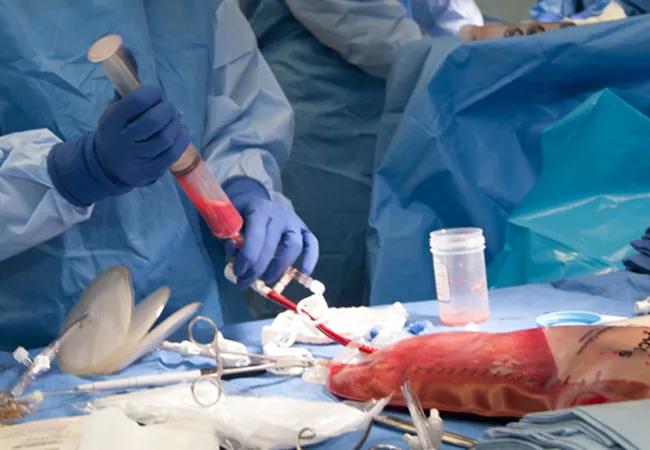
Sickle cell disease, a group of inherited red blood cell disorders, affects approximately 100,000 Americans and occurs among one in 365 Black births, according to the Centers for Disease Control and Prevention.
Cleveland Clinic is a non-profit academic medical center. Advertising on our site helps support our mission. We do not endorse non-Cleveland Clinic products or services. Policy
“A couple of decades ago, most patients would die in childhood from infections. With age, thrombi, common in patients with sickle cell disease [SCD], can lead to a spleen infarction that makes people unable to fight specific bacteria,” says Rabi Hanna, MD, Director of Pediatric Bone Marrow Transplantation at Cleveland Clinic Children’s. “Now, with newborn screening and early detection we can start babies on antibiotics, and almost 98% of kids with SCD survive into adulthood.”
Care in childhood focuses on using prophylactic antibiotics in addition to disease-modifying agents, such as hydroxyurea, which help achieve good control of disease symptoms. Screening tools, such as transcranial doppler (TCD) ultrasound, can detect patients who have a higher risk for stroke, but, unfortunately, this is not a cure for SCD.
A 12-year-old patient, who was referred to Dr. Hanna, was born with homozygous hemoglobin SS (HbSS) disease, inheriting copies of the hemoglobin S gene from both parents. HbSS is the most severe form of SCD. Her condition was managed by a hematologist.
When she was 3, recurrent thrombi caused a stroke. “SCD is a vascular disease that affects so many organs, so stroke in these patients is different from stroke in other patients,” says Dr. Hanna. “They are at high risk for another stroke, and stroke is the most common cause of death in children with SCD today.”
To mitigate the risk of another stroke, the patient underwent a two-phase surgical procedure in 2015 called encephaloduroarteriomyosynangiosis (EDAMS), a form of revascularization that enables blood to bypass the stroke-damaged vessels. She was also started on chronic red blood cell exchange to decrease the damage to blood vessels caused by sickle cells. While the procedures were successful, they weren’t a permanent solution. A TCD ultrasound detected worsening of the vasculopathy clots, and an additional test with MRI showed further blocking in blood vessels and silent strokes in the patient’s brain. This is when she was referred to Dr. Hanna for evaluation for bone marrow transplantation.
A bone marrow transplant (BMT) requires a human leukocyte antigen (HLA) match, but no exact match was found among the patient’s siblings – the gold standard for transplantation. A search through the National Marrow Donor Program®, which operates the Be the Match® registry, was also unsuccessful in finding a match.
“There are more than 30 million people on the registry. Unfortunately, there is very little representation from Black Americans,” says Dr. Hanna. “The chance of finding a fully compatible HLA 10/10 match is only around 17%, compared to 70% to 80% if you are white. It has traditionally been very challenging to find transplant donors for Black patients.”
These challenges led Dr. Hanna to launch a clinical trial of haploidentical – or half-matched – bone marrow transplantations. Nearly a decade ago, the first haploidentical BMTs were performed on leukemia patients. Cleveland Clinic is one of the first centers to offer the procedure for patients with non-malignant diseases.
“Traditional thought was that a high-risk procedure should be saved for an imminently life-threatening disease, but we felt that SCD, with lifelong morbidity risks, deserved a clinical trial,” says Dr. Hanna.
As part of the ongoing clinical trial, the patient underwent haploidentical BMT in July 2018, with her father serving as the donor. To date, she is one of six patients with SCD and three with thalassemia who have participated in the trial at Cleveland Clinic. All are engrafted and doing well. Initial outcomes of the clinical trial were published in Biology of Bone Marrow Transplant, now called Transplant and Cellular Therapy, in a March 2020 article.
“She is cured of her sickle cell disease. She is doing well in school, and her neurocognitive function is improving,” says Dr. Hanna. “Her long-term prognosis is excellent.”
Dr. Hanna is optimistic about the future of haploidentical BMT. “Hopefully, every child with sickle cell disease has a mom, dad or half-sibling that’s a half match,” he says. “If you need a transplant, we can more easily find you a donor.”
Complications of haploidentical BMT are similar to full-match bone marrow transplantation. “We tend to see mixed chimerism, and we have to titrate patients to suppress it,” says Dr. Hanna. “But overall, haploidentical BMT is better than unrelated BMT because it has a lower incidence of graft versus host disease.”
Other promising advancements in SCD include the development of disease-modifying agents and gene therapy. The FDA approved two new medications in 2019, a hundred years after the discovery of SCD. The first, crizanlizumab, is a monoclonal antibody medication that bonds to P-selectin.
“It is an infusion given once a month that seems to decrease pain crisis and the need for hospital admission by 30%,” says Dr. Hanna.
The second medication, voxelotor, is the first hemoglobin S (HbS) polymerization inhibitor. The FDA recently extended use in children as young as four years old. “This medicine helps restore patients’ red blood cells a normal shape, thereby reducing damage to the body’s tissues. It raises the hemoglobin and possibly decreases hemolysis and pain crises,” says Dr. Hanna.
He is also involved in clinical trials related to gene therapy, using patients’ own hematopoietic stem cells and modifying or adding a gene to express normal hemoglobin.
For now, BMT remains the only cure for sickle cell disease, so Dr. Hanna encourages physicians to consider the procedure.
“If your patient is struggling with sickle cell disease and has two or more pain crises per year, acute chest syndrome or vascular necrosis, send them to us for a consultation. We can then share data with physicians and the patient’s families so they can make educated medical decisions,” says Dr. Hanna.
“What many physicians remember about transplantation is different now. Outcomes are much better.”
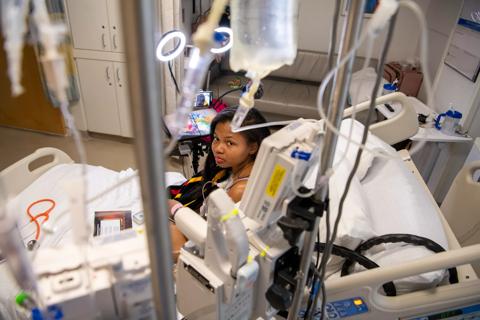
New guidelines expand on psychosocial, sexual health, cognitive and other issues

Consensus conference begins work on new recommendations for clinical care and research
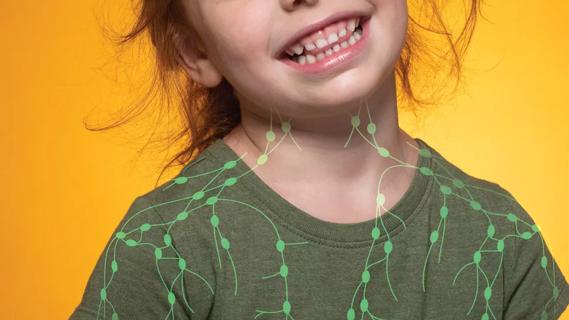
Genetic changes are similar between some vascular anomalies and cancers

How to combat the rise in mortality when patients become adults

First in-human trial using CRISPR/CASP 12 for gene editing in sickle cell disease
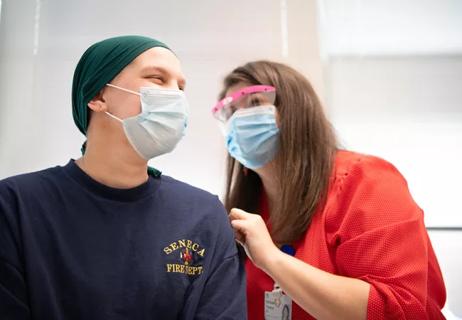
A closer look at training, scholarship and opportunity within this sub subspecialty
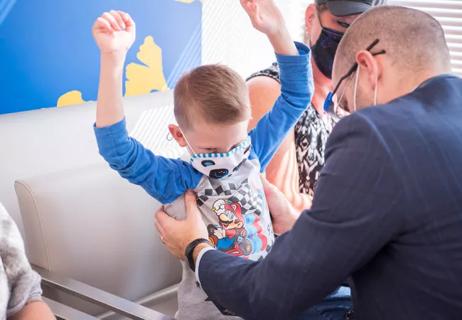
Can disulfiram boost the efficacy of chemotherapy in this patient population?
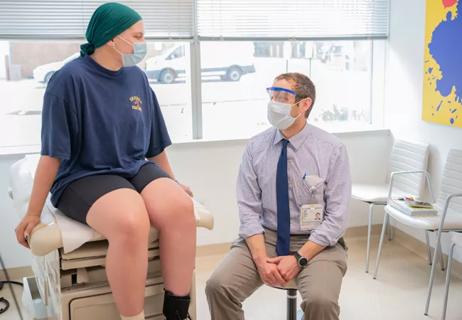
Highlighting the importance of a multidisciplinary approach to care